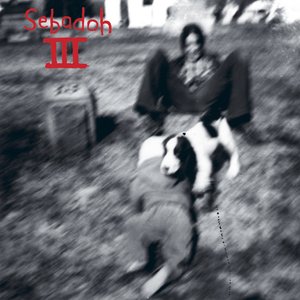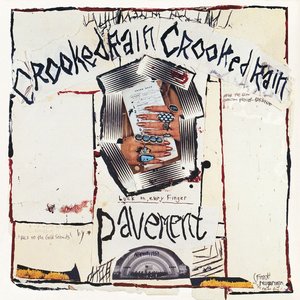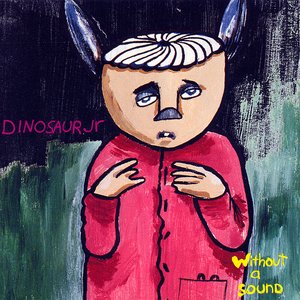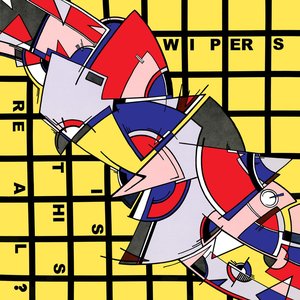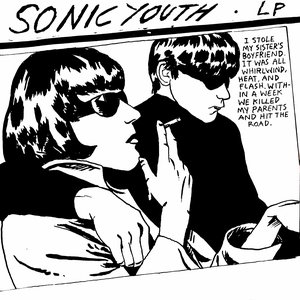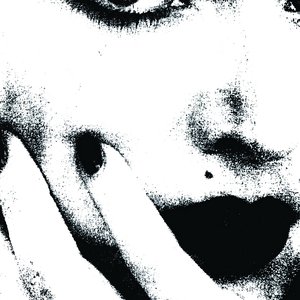Wiki
-
Release Date
1 January 1995
-
Length
11 tracks
Washing Machine is the ninth studio album by the American experimental rock band Sonic Youth, released on September 26, 1995 by DGC Records. It was recorded at Easley Studios in Memphis, Tennessee and produced by the band and John Siket, who also engineered the band's previous two albums. The album features more open-ended pieces than its predecessors and contains some of the band's longest songs, including the 20-minute ballad "The Diamond Sea", which is the lengthiest track to feature on any of Sonic Youth's studio albums.
Released shortly after the band concluded their stint headlining the 1995 Lollapalooza music festival, Washing Machine reached No. 58 on the US Billboard 200 chart and No. 39 on the UK Albums Chart. Two songs from the album, "The Diamond Sea" and "Little Trouble Girl", were released as singles. The album received generally positive reviews from music critics, who praised the band for exploring new challenges as well as the guitar playing of band members Thurston Moore and Lee Ranaldo. It was ranked No. 18 in The Village Voice's 1995 Pazz & Jop critics' poll.
Washing Machine is the follow-up to Sonic Youth's 1994 DGC album Experimental Jet Set, Trash and No Star. After Experimental Jet Set, the band decided to take a hiatus from performing live and concentrated on numerous side projects. Band member Kim Gordon played with Julia Cafritz of Pussy Galore in Free Kitten, drummer Steve Shelley performed with Jad Fair in Mosquito, guitarist Lee Ranaldo played with free jazz drummer William Hooker and singer and guitarist Thurston Moore released his first solo album, Psychic Hearts. Moore and Gordon also had their first child, Coco. According to Moore, their daughter had provided a different perspective for the band: "I'm more focused and level-headed. There's a sublime awareness factor of your spiritual place in the world. I feel more at ease with myself … Babies are little Buddhas. They're completely great".
Unlike previous Sonic Youth albums, Washing Machine was recorded at Easley Studios in Memphis, where some indie rock bands like Pavement, Guided by Voices and Grifters had previously recorded albums. Moore remarked that the atmosphere in Memphis helped them disconnect from the people who were constantly following the band. He also felt that Washing Machine was conceived and recorded like some of the band's first albums, stating that it "hearkens back to records like Sister where we'd write a bunch of songs, go into the studio for a month, put them down, then go on the road and play them for a year. By the end of the year they'd mutate into something much more excited". Gordon credited Memphis for its relaxed atmosphere and cited the album as one of her favorites.
The song "The Diamond Sea" is notable for its 19:35 duration. Moore explained the length of some of the album's songs: "We all have different aesthetics as to how songs should work. I generally push for a lot of abandon while some people in the group are more interested in truncating things. If I was the leader as much as people say I am, every song would be 20 minutes long". The unlisted ninth track, officially called "Becuz Coda", was originally part of the song "Becuz", but the record label felt they needed to cut the seven-and-a-half-minute track to make the album's opening more accessible. The album was produced by Sonic Youth and John Siket, who also engineered the band's previous two albums. Audio mixing took place at Greene Street Studios in New York City in June 1995.
The album cover consists of a cropped Polaroid photograph of two unidentified fans taken at a Sonic Youth show in Amherst, Massachusetts in April 1995, during a short tour undertaken while the album was still in production. The fans are depicted wearing T-shirts that were sold as merchandise during that tour; early in 1995, the band was toying with the idea of changing their name to Washing Machine. Visible on the shirt on the left are signatures by Thalia Zedek and Chris Brokaw of the tour's opening band Come. The photo was taken by Gordon, who believed it could be used as the album cover. The band liked the shot, but the record label did not want to use it without permission from the fans. Because the band did not have any way to contact them, their faces had to be cropped out.
Washing Machine was released on vinyl, CD and cassette formats on September 26, 1995 by DGC, shortly after the group concluded their stint headlining the 1995 Lollapalooza music festival. During the festival, the band previewed some tracks from the album in addition to playing several songs from Daydream Nation, Dirty, and Experimental Jet Set. In Germany, the record was also released with a bonus disc containing four live songs that were recorded in Paris on September 12, 1995. Upon release, Washing Machine reached No. 58 on the US Billboard 200 chart and No. 39 on the UK Albums Chart. The album also charted in several other countries, including Australia, New Zealand, The Netherlands and Belgium. Two singles and music videos for "The Diamond Sea" and "Little Trouble Girl" were released in 1995 and 1996 respectively. As of 2005, the album had sold 159,000 copies in the US according to Nielsen SoundScan.
Album descriptions on Last.fm are editable by everyone. Feel free to contribute!
All user-contributed text on this page is available under the Creative Commons Attribution-ShareAlike License; additional terms may apply.

